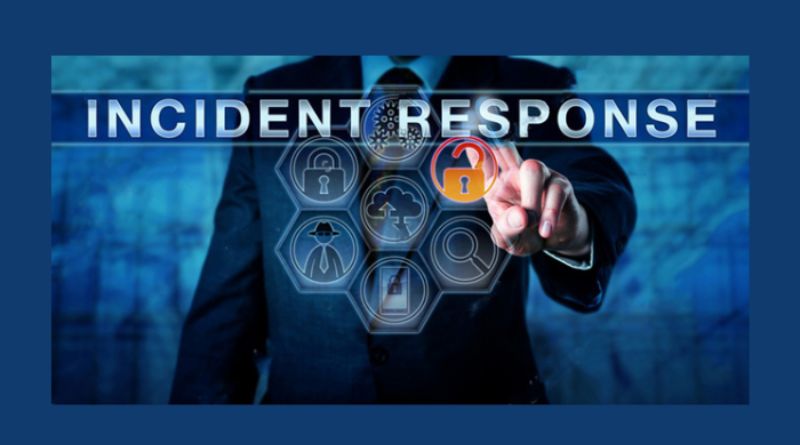Everything You Need to Know on Incident Management Plan
A good incident management plan helps businesses stay on top of security breaches. It also helps prevent future incidents and improves customer confidence. With the introduction of the SEC new marketing rule, businesses in the financial sector must also ensure that their incident management strategies are compliant with these updated regulations, further emphasizing the importance of transparency and diligence in their marketing and communications following security incidents.
Incident management plans contain a series of processes for addressing different threats. These include identifying, containing, eradicating, and recovering affected systems.
Identifying the Incident
Identifying the incident is the first step in an effective incident management plan. It allows teams to prioritize their work and determine how best to respond.
Describe the incident using precise language, free from any technical jargon. Define what constitutes an incident and specify the impact of an event on the security team, other departments, or external stakeholders.
Assign severity levels to incidents to understand their impact and prepare resolution plans. A triage matrix and escalation process will help you effectively manage all incidents and stay on top of resolution progress.
It’s critical to ensure that all relevant information is captured and recorded in a way that is easy for teams to access. In addition, it will help prevent future attacks and improve detection methods.
Detecting the Incident
Detecting the incident is an essential component of managing security incidents. It enables companies to minimize losses, mitigate exploited vulnerabilities and restore services and processes as quickly as possible.
Incident detection is achieved by continuously monitoring computer systems for abnormal activity and anomalous patterns that may indicate a breach. It can be done through various methods.
Today, responders have access to a broad view of data on computer systems across a company’s environment, making it easier to find and investigate an incident. EDR and XDR tools enable this, allowing responders to quickly get a handle on the extent of an attack’s impact across dozens, hundreds, or thousands of endpoints.
The key to detecting an incident is to create a solid plan with specific, actionable steps the team can follow quickly. It should also have the flexibility to support a wide range of different types of incidents.
Detecting the Threat
The process of detecting a threat is a critical step in incident response. The goal is to see an attack or data breach quickly and effectively, which will help prevent long-term damage and minimize costs and business impact.
Detection can include looking at security logs and other data sources to see if anything is amiss in the environment, such as a maliciously compromised system trying to attack other systems on your network or even an employee’s device sending a lot of unencrypted passwords over the wire. Security Information and Event Monitoring (SIEM) or Intrusion Detection Systems (IDS), antivirus, or web proxy technologies often trigger these alerts.
Detecting threats is also about having an effective incident management plan in place. The plan should describe a security incident and how teams can react. It should be backed up by policies and checklists and updated regularly with lessons learned from prior incidents.
Detecting the Root Cause
Regarding cybersecurity incidents, one of the essential parts of managing an incident is detecting the root cause. It can help your team prevent the problem from reoccurring in the future and save you money by identifying vulnerabilities before they become an issue.
Detecting the root cause can be done using several techniques. These include events and causal factor analysis, change analysis, and barrier analysis.
It is a systematic process that helps you identify and address problems within your infrastructure accurately and quickly, allowing you to reduce costs and risks. The process can also help you improve business processes and make them more efficient and consistent.
Individual team members or an entire organization can conduct RCA. However, a team approach is generally preferable and can lead to better results. It is because it allows you to get input from people who are more familiar with the situation and have a deeper understanding of how it could have occurred.
Detecting the Remediation
When an incident occurs, it’s essential to identify what needs to be done and who can help. In addition, it helps to limit damage and hasten recovery time.
The remediation process involves identifying the incident’s root cause, eradicating the threat, and recovering affected systems. The process also involves analyzing lessons learned and improving future response efforts.
While these approaches are often described as linear, they are cycles that do not have a start and end date. Instead, they are cyclical, where teams learn from their experiences and improve their detection and response methods for future incidents.
Preparation for an incident involves creating and reviewing policies, standards, and guidelines supporting incident response; security and technology-related tools; effective communication plans, and governance. These activities are outside the official incident process and should form part of continuous improvement.
Creating an incident management plan is a process that requires backup from senior management and support from other teams inside and outside the business. The plan should detail who needs to be notified, the logical sequence of events for incident response, team roles, notification, and escalation procedures.





